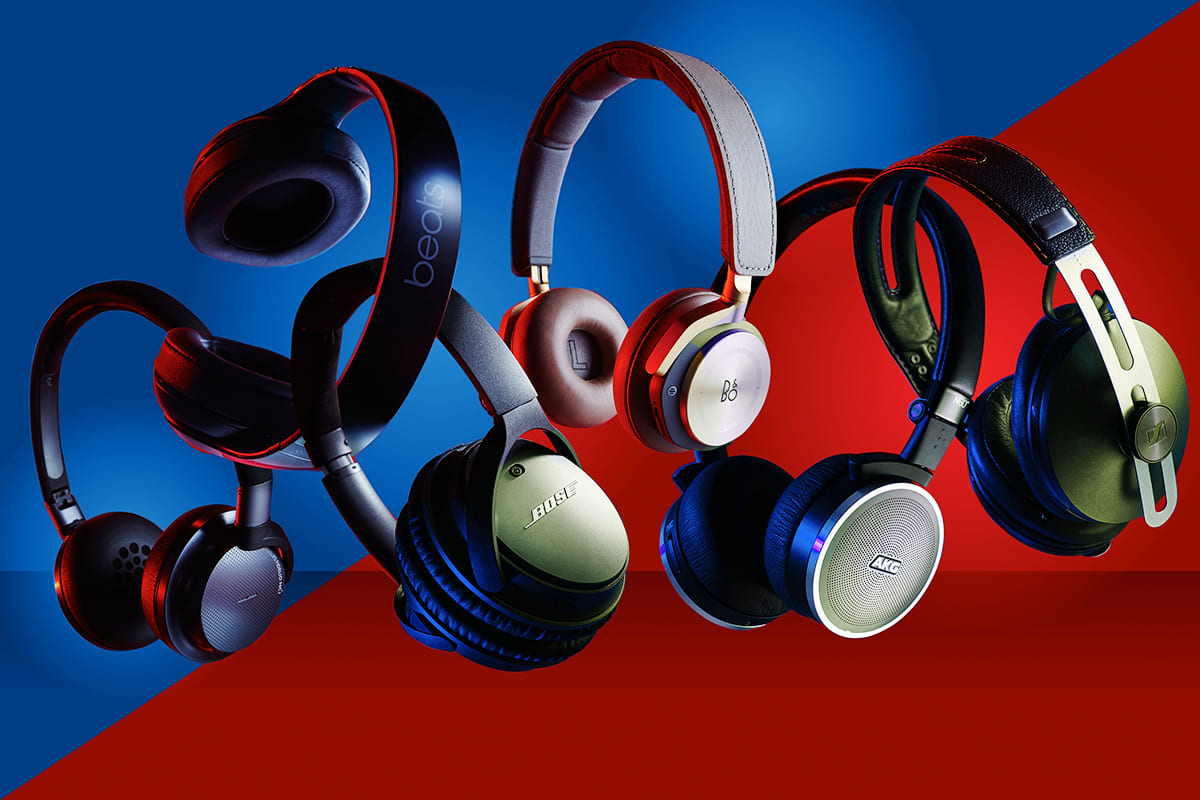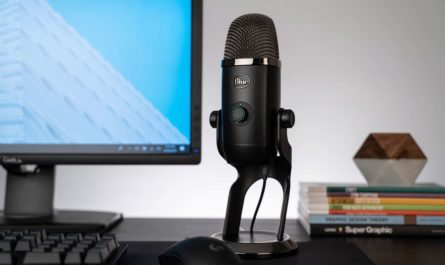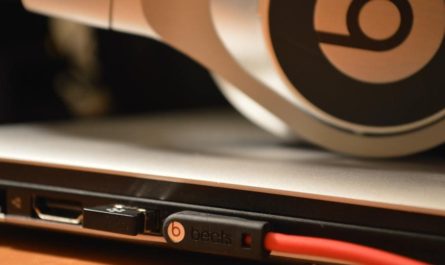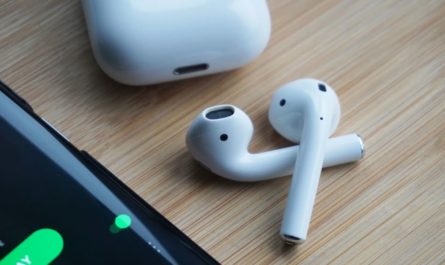Which type of headphone is best? What type of headphones should you buy? These are the most popular questions that users ask when it comes to modern types of headphones. Often times, people are looking for headphones on commercial sites, but do not understand what exactly they need. To help you choose the best headphones for any purpose, I've highlighted the main types of headsets. In today's article, I described in detail what types of headphones are. And also names such as "earbuds", "plugs", "overhead" and so on. Well, let's figure it out!
Headphone types
- Closed-back headphones
- Open headphones
- On-ear headphones
- Over-ear headphones
- In-ear headphones
- In-ear headphones
- Bluetooth earphone
- Noise canceling headphones
Types of headphones: which are there and which is better?
Closed-back headphones
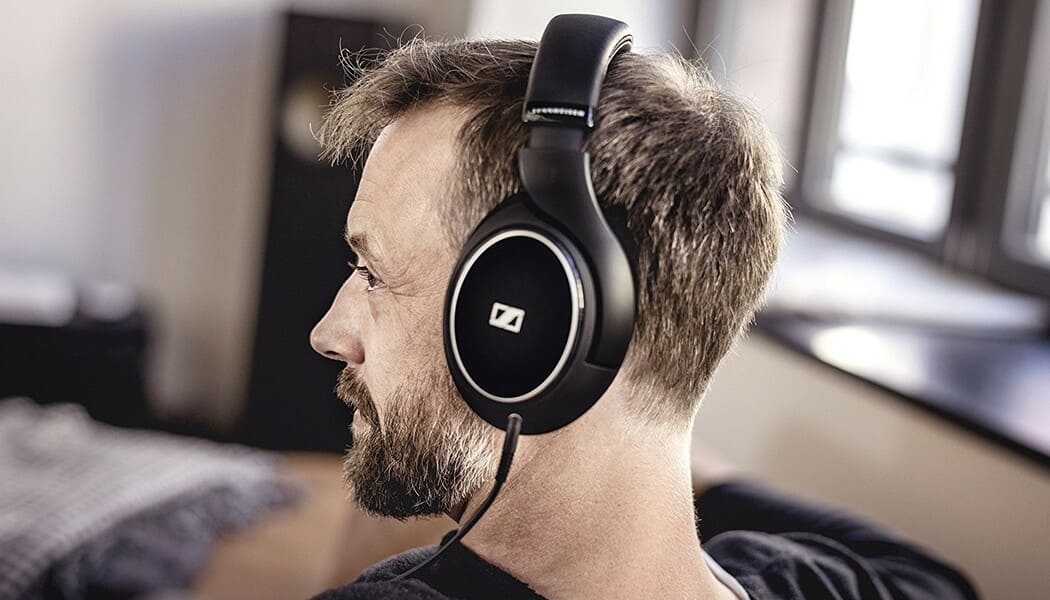
Examples: Sony WH-CH710N
Closed-back headphones - This is a type of headphone that is suitable for those who want to isolate themselves from any extraneous noise when listening to music. This type of headphone protects you from the effects of ambient sounds and interference, but creates an isolated sound. This makes closed-back headphones a great option for those who care about every detail and immersion in their music.
The closed-back type of headphones is very popular and is regularly used by musicians to record songs. All thanks to their ability to block out all external noises and detail instrumental and vocals. This design means very little sound is emitted to the environment. Any leakage of sound into the microphone will degrade the sound.
Think of a singer who listens to instruments with headphones while singing - that kind of recording goes straight to the trash.
In addition to musicians, closed-back headphones are ideal for those who prefer to listen to music and watch movies with headphones, while not causing inconvenience to other people. By the way, a closed type can be used like headphones for games!
Closed-back headphones are available both as on-ear headphones that cover the entire ear, and as smaller headphones - they lean slightly on the top of the ear (more on this later). In terms of design, they are usually bulkier than most other types of headphones. They will give their owner a high-quality sound in a wide range.
Read also: Rating of the best headphones for music
Open headphones

As the name suggests, open type headphone has slightly open ear pads that allow sound to flow into the environment. This type of headset produces a more airy and open sound, which is more like listening to speakers in a room, rather than completely isolated sound from closed headphones. So why would anyone like this type of headphone with sound that people can hear?
Open Headphones are the kind of headset for those who mix and master in the studio.
Due to its open design, sound leakage is preferred by audio engineers because it allows the mix to remain accurate and avoid the accumulation of certain frequencies that often occurs with closed headphones. You can use this open type just fine as headphone for pc.
Because the person mixing music needs precision and balanced sound, this type of headphone allows them to feel and hear every detail better.Closed-back headphones, while great for soundproofing, will start to build up low frequencies inside the headphones after a while.
Many audiophiles prefer open-back headphones because they want real, flat sound so they can accurately hear what the performer wants to convey to the listener. However, if you don't want people to hear the podcast or the song you are listening to, this type of headphone is definitely not for you. In case you are not interested in the people around you who hear the sound, this type of headphones will be great.
An added benefit is that when wearing this type of headphone, there is less pressure on the ears, which means they can be worn for a long time. Open-back headphones, similar to closed-back headphones, can be either oversized or on-ear. There is an even rarer type called semi-open headphones. As you might have guessed, this typeface is designed to combine both. Here the structure is only slightly open in order to provide a small sound leakage and at the same time soundproofing.
Read also: Best monitor headphone types
On-ear headphones
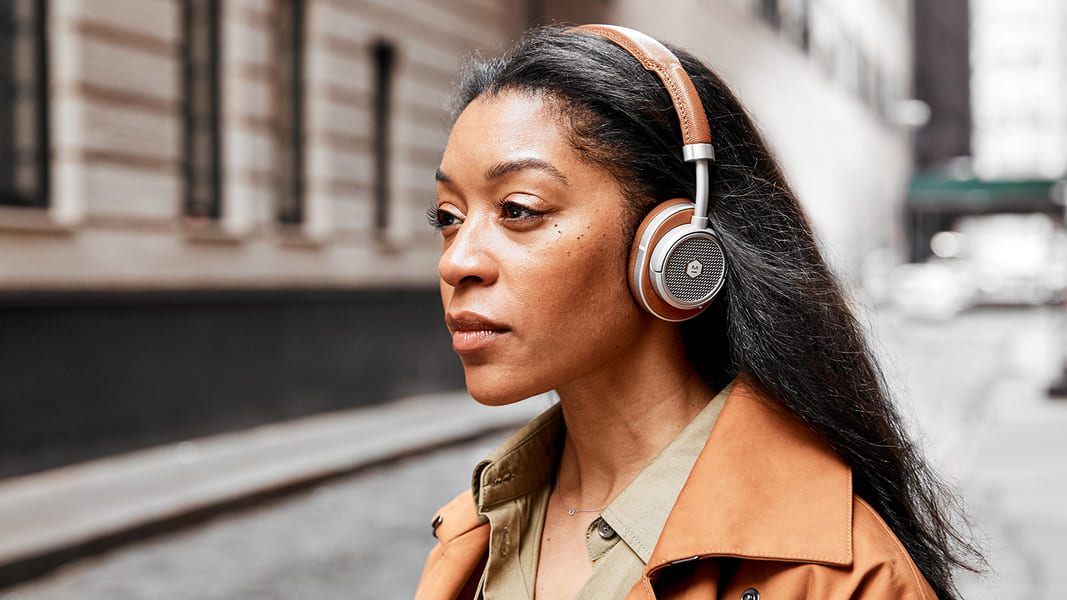
Examples: JBL Tune 750BTNC, Marshall Monitor II ANC
On-ear headphones go over the head and the ear pads are superimposed on the top of the ears. At first, we were a bit puzzled when it came to comparing the types of over-ear and on-ear headphones (read below). Simply put, the main difference between them is in size: on-ear headphones are smaller and fit comfortably on your ears, while full-size headphones are larger, their cups can completely cover your ears with special padding. So what are the features of the on-ear headphones?
The design of the headphones is a bit like open-back headphones, which allow sounds from the environment to pass freely, unlike on-ear headphones. This type of headphone is quite comfortable, your ears don't sweat like some other models. When shopping, it is important to try them on so that the model does not press too hard on your ears.
In addition, the overhead headset is lighter than the full-size model, which creates less headband pressure. Overhead model types can vary greatly in quality, but if you buy a higher quality gadget, you will unconditionally get high-quality sound and comfort. There are many different models in this category of headsets, each offering their own unique attributes. In any case, it all comes down to personal preference - everyone will find a bunch of advantages and disadvantages of this kind of audio model.
Over-ear headphones
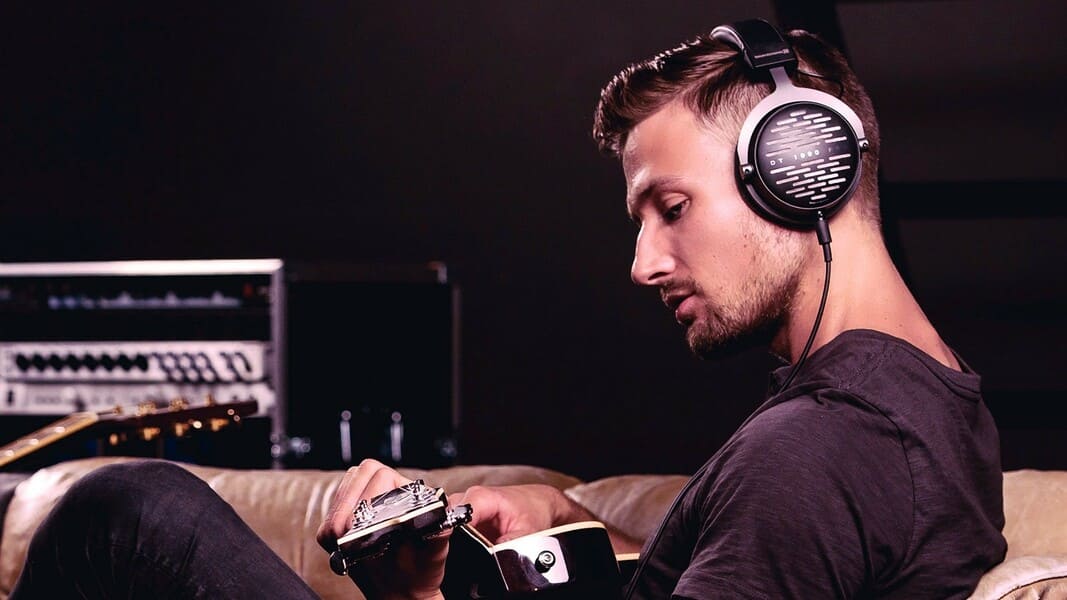
Examples: Bowers & wilkins px7
As seen in the photo, over-ear headphones worn on the top of the head and on the ears (literally enveloping them). This allows you to emphasize the isolation of sounds. This type of headphone is great for reducing noise, creating a personal connection between you and the music you are listening to. You can buy full-size open-type models that allow the ears to breathe and the sound to be more detailed. However, this category of headphones is usually closed type, as they are often bought for their effective noise cancellation, isolation and high sound quality.
They are quite comfortable (especially if you prefer expensive items, some of the cups are made of velvet and leather) and do not break your ears like some other models. They can cause sweating as there is very little air circulating. The over-ear headphones are the bulkiest, so if compactness is important to you, they are not the right fit for you. But most people will love this type of headphone. The cumbersome look of the earbuds and the snug, comfortable fit are much appreciated.
Of the shortcomings, I note a large weight, as well as the fact that the gadget can cause fatigue of the head and ears when wearing them for a long time (especially in the studio, in games, and so on).
In-ear headphones
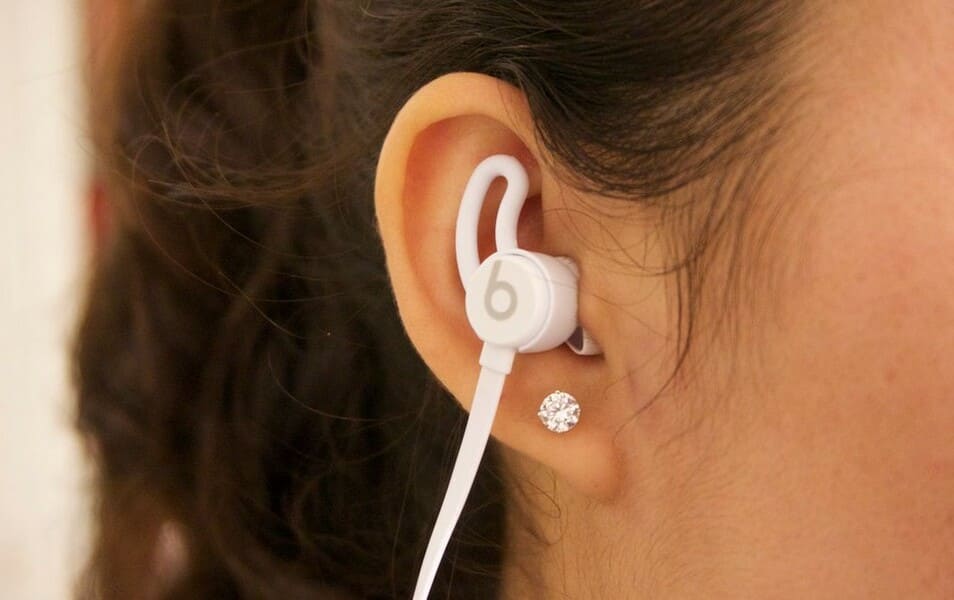
Examples: Honor magic earbuds, Sennheiser Momentum True Wireless 2, Sony WF-XB700
Let's talk about portability, versatility, and convenience. At the moment, the most popular type of headphones are in-ear headphones... They are also called vacuum or gags... It is one of the fastest growing headphone types on the market due to its ease of use. Unless you are a professional studio artist or engineer, of course.
As the technology delivers better sound quality to small devices, the model is rapidly being improved to compete with other types of headphones. A gadget of this kind is inserted a little deeper into the ear canal (hence the name) to be closer to the eardrums.
The advantage of this type of device is both comfort and sound insulation and sound detail. Think of them as a closed version of portable headphones. This kind usually doesn't have a lot of sound leakage, keeping music and suppressing outside noise. In-ear headphones usually have silicone ear cushions (tips) for protection and greater comfort. The earbud fills the ear canal and allows sound from the headphones to flow directly into the ear, while retaining some environmental sound.

For those who love listening to music while traveling, commuting or at the gym, the earplugs are the best choice. Vacuum type headphones can have excellent sound quality depending on the model and many users prefer it.
A slight concern to users is that this style can be dangerous to your ears - the reason is that they are right in the ear canal. But if you will not listen to music at high volume with an amplifier, then you should not worry. Hearing damage is caused by the volume of the sound, not the proximity of the sound to the ear. Therefore, if the volume is kept at a reasonable level, there is nothing to fear.
Read also: The best headphones for sports
In-ear headphones
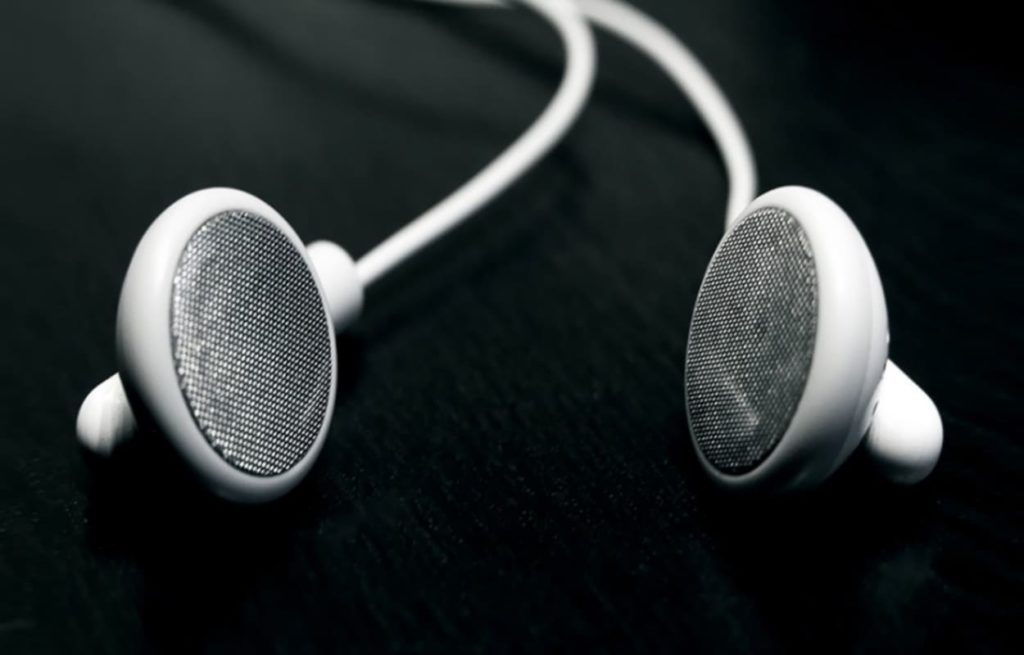
Examples: OPPO Enco Free, Huawei FreeBuds 3
The main and most popular question is "Are not in-ear headphones the same as in the previous list?" As stated earlier, in-ear headphones unlike earplugs, you can think of them as small speakers that fit into your ear. The most common and recognizable headphone model is Apple's white headphones that the company offers in its products.
They do not have such a thin design and do not penetrate into the ear canal, but are simply large "pills". This type of headphone does not fit into the ear canal, but instead rests on the outer ear, allowing you to hear more sounds from the external environment. Due to the type of earphone, a lot of leakage is allowed, which gives controversial advantages. For example, "flatter" sound, safety (according to individuals) and more comfort.
The headphone type makes it compact, similar to in-ear. Depending on the model you purchase, some of the higher quality gadgets have advanced technology for better sound quality and more accurate sound. However, the key benefit for in-ear headphones is their size.
In my personal opinion, in-ear headphones are more versatile and comfortable (especially in the gym). Unlike earplugs, the earbuds do not hold well in the ear and often fall out.
Typically, the earbuds come in one size and fit all. But it also makes them uncomfortable for certain ear shapes, although some brands come with different earmold sizes that you can customize to fit. If you are looking for high quality audio, then this type of gadget will not appeal to you. But if you want a compact model that is easy to carry with you - definitely grab in-ear headphones.
Read also: TOP earphones for phone
Bluetooth headphones
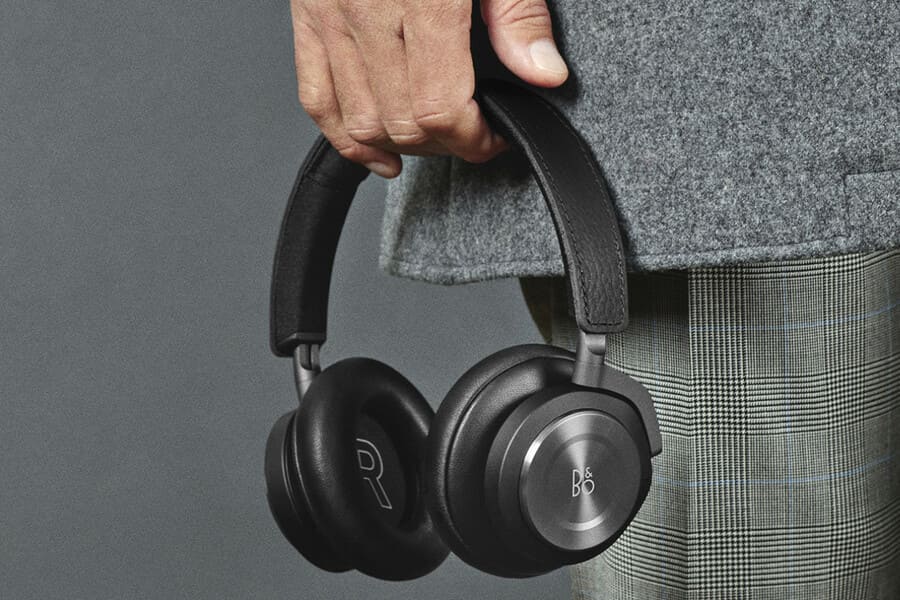
Examples: Beats Powerbeats 4, Samsung Galaxy Buds +
Wireless electronics is the main development vector in the modern market. And what's about wireless headphone? What types of headphones are wireless? To begin with, the headphones used radio transmitter (RF) technology to wirelessly communicate with various devices - sound waves are transmitted through the air to the receiver. But at the moment this kind of connection is not used. It has been replaced by Bluetooth technology, which allows devices to connect wirelessly using radio waves.
This technology has evolved rapidly, especially in the music industry.Types of headphones with Bluetooth technology have a small computer chip that allows you to connect to the device you are listening to. The only difference from wired headsets is that you don't have to mess with wires. In the gym, for walks, while running - the wireless type of headphones is suitable for any purpose.
In addition, the sound quality of the Bluetooth headphones is the same as that of the wired models. Some may complain about latency in audio transmission, which is somewhat true. These earbuds are more expensive than wired ones as the technology is still relatively new. It should be noted that wireless types of headphones are available in any format: in-ear, in-ear, full-size and on-ear.
The downside to Bluetooth headsets is that they require charging. Unlike wired gadgets that run on the battery of the connected device, Bluetooth models need to be charged to connect and sync with the device you're using. If you are not intimidated by periodic recharging and the higher cost, then such a type as wireless bluetooth earbuds is perfect for you!
Noise canceling headphones
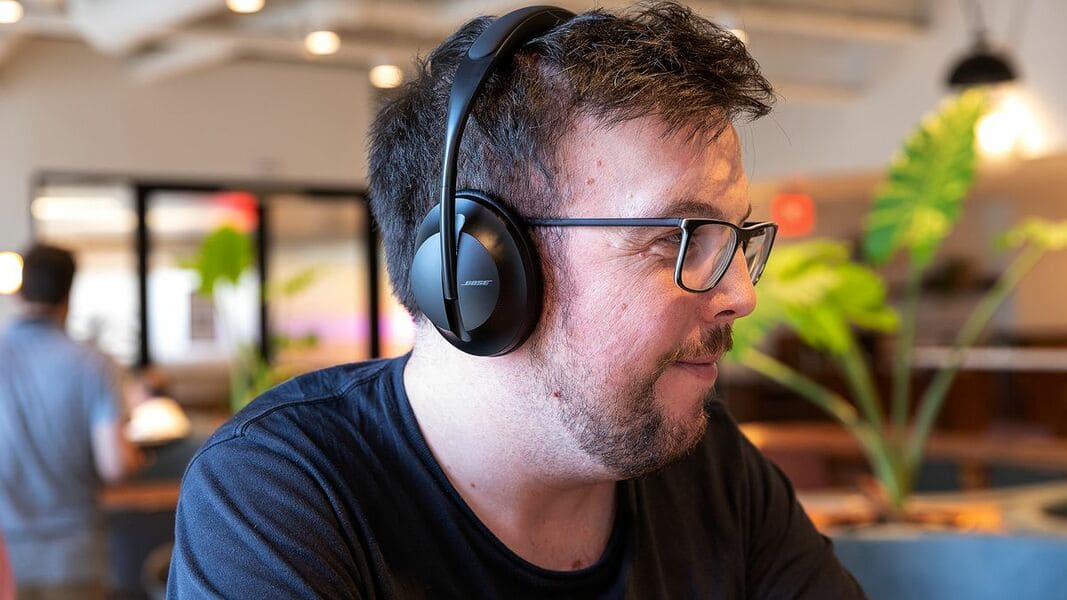
Examples: HyperX Cloud Alpha S, Bowers & wilkins PI4
We often hear about noise canceling when describing high-end headphone models. There is a type of gadget like noise canceling headphones? Let's see what that means!
Thanks to special technologies, the headset significantly reduces the influence of extraneous sounds, creating a calm environment for listening to music. How it works? A small internal engine measures the low frequencies of ambient noise (in fact, there is a small microphone built into the outside of the headphones) and creates a balanced return frequency that eliminates unwanted sound. This function completely eliminates the penetration of sound even before it passes through the gadget. Most models use soundproofing for higher frequency sounds.
This type of headphone has become perfect when traveling on public transport and traveling. Modern functionality blocks ambient noises, for example, the speech of passengers and even the hubbub of an aircraft engine. This type of headphone is ideal for any situation where you can completely eliminate external noise. By blocking out ambient noise, you can listen to your music without being distracted by external stimuli.
Read also: Best headphone types from Aliexpress
On-ear vs over-ear headphones: what's the difference?
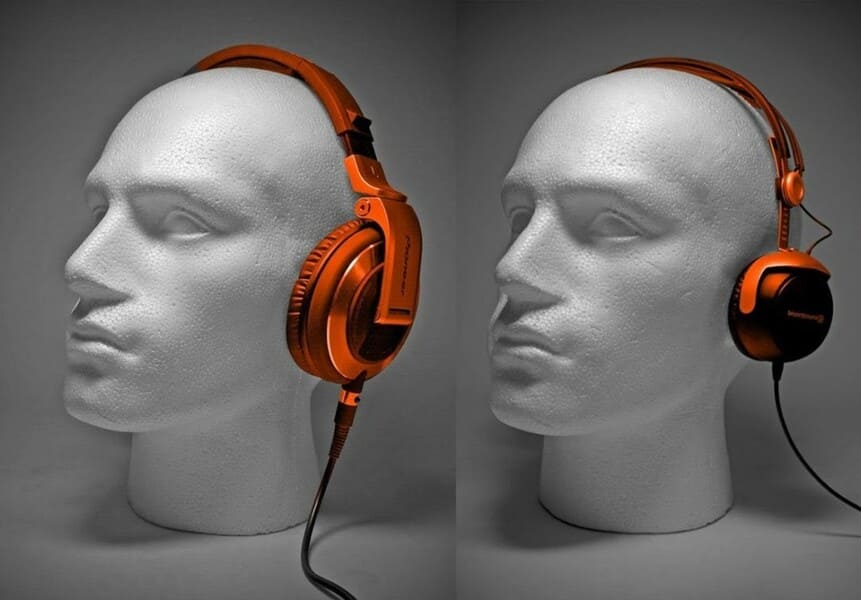
Many people wonder "What's the difference between over-ear and over-ear headphones?".
- On-ear headphones are smaller in size - the eartips cover your ears but don't wrap around your ears. But the full-size type completely covers the ears. This makes the overhead gadgets more comfortable to wear all day long. In addition, the smaller size is often achieved thanks to the foldable design, making them an excellent portable headset.
- Passive noise isolation is worse. They let in more sound, so not only will you disturb others with your music, but you'll also hear more background noise.
- Better for office work. Often overhead types are sweat-resistant, with a stable fit especially for work.
- The sound quality is almost the same. Of course, over-ear headphones literally dissolve you into the music. The overhead is worse, but the language will not turn to call the sound bad.
Open vs closed headphones: what's the difference?
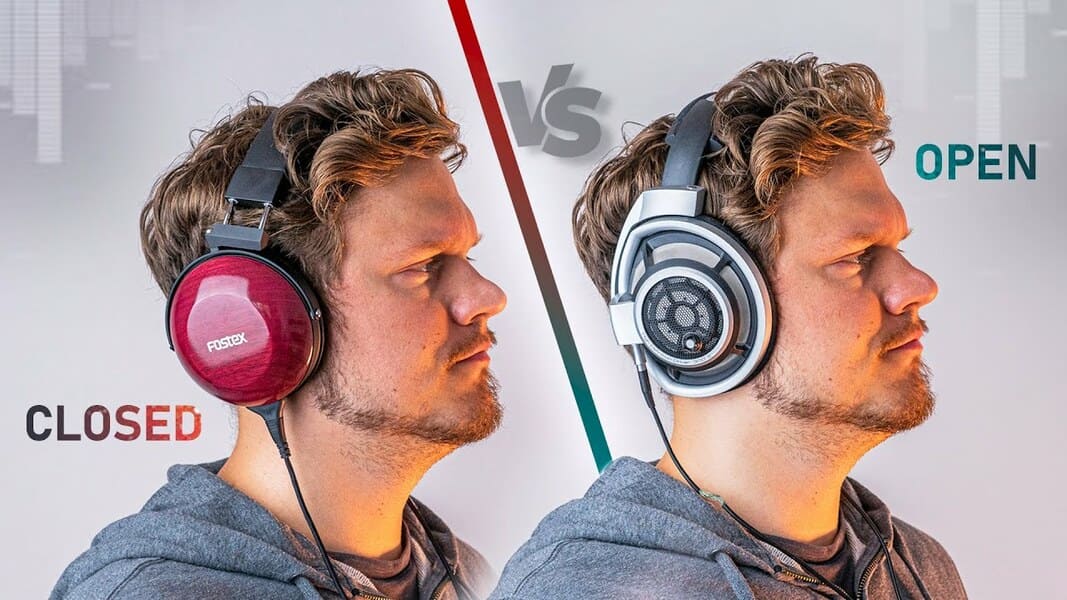
Each type has its own advantages. So now I will try to explain the main differences.
- Sound. Accuracy and balance of sound is better with open headphones.
- Soundproofing. Perceiving background noise so you can react to external factors is also better with open types.
- On the other hand, noise isolation is better with closed headphones.
- Sound leakage is minimal in closed headphones, so no one will hear what kind of music you are playing.
To choose the type of headphones you need to know your needs. Only then will you make the best decision and purchase and you will not be disappointed.
